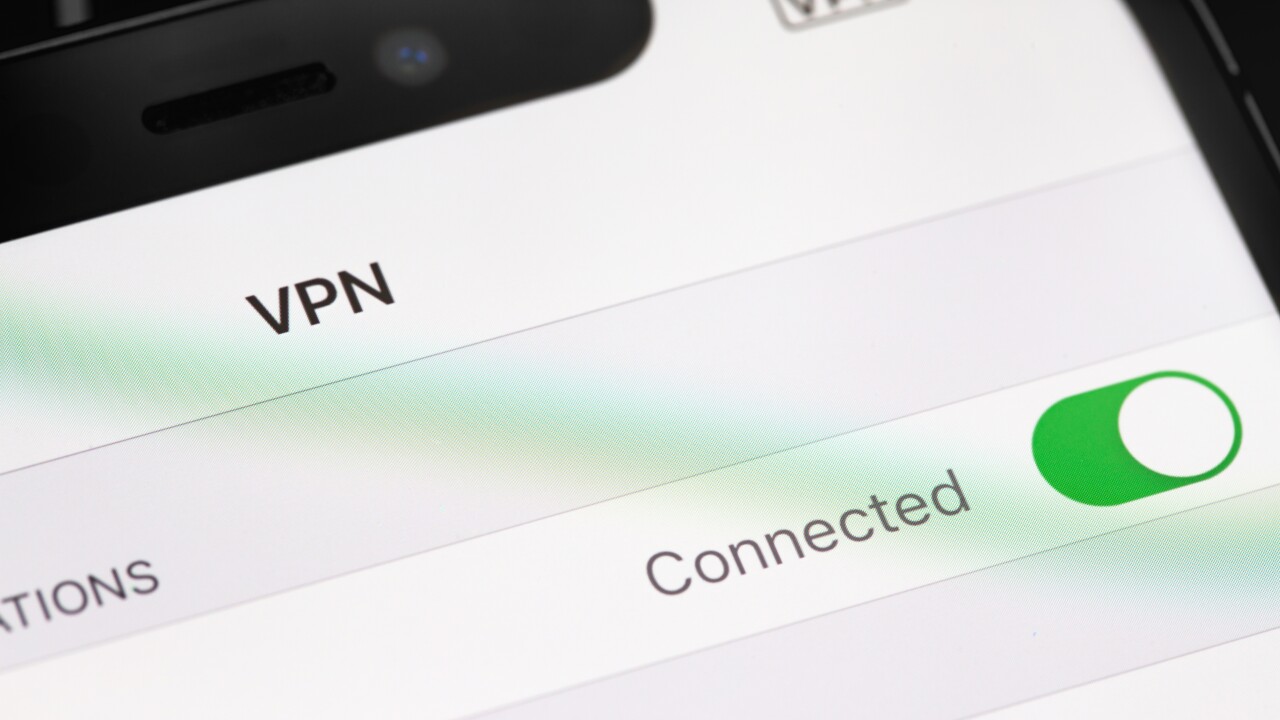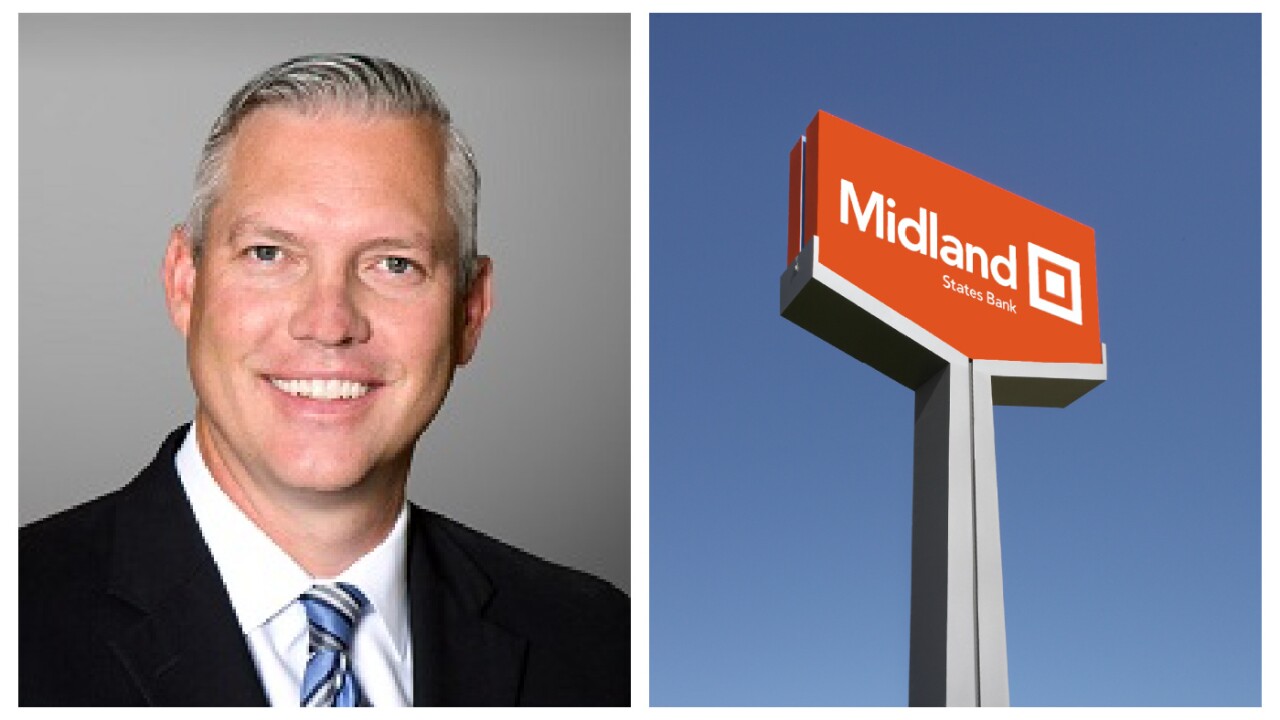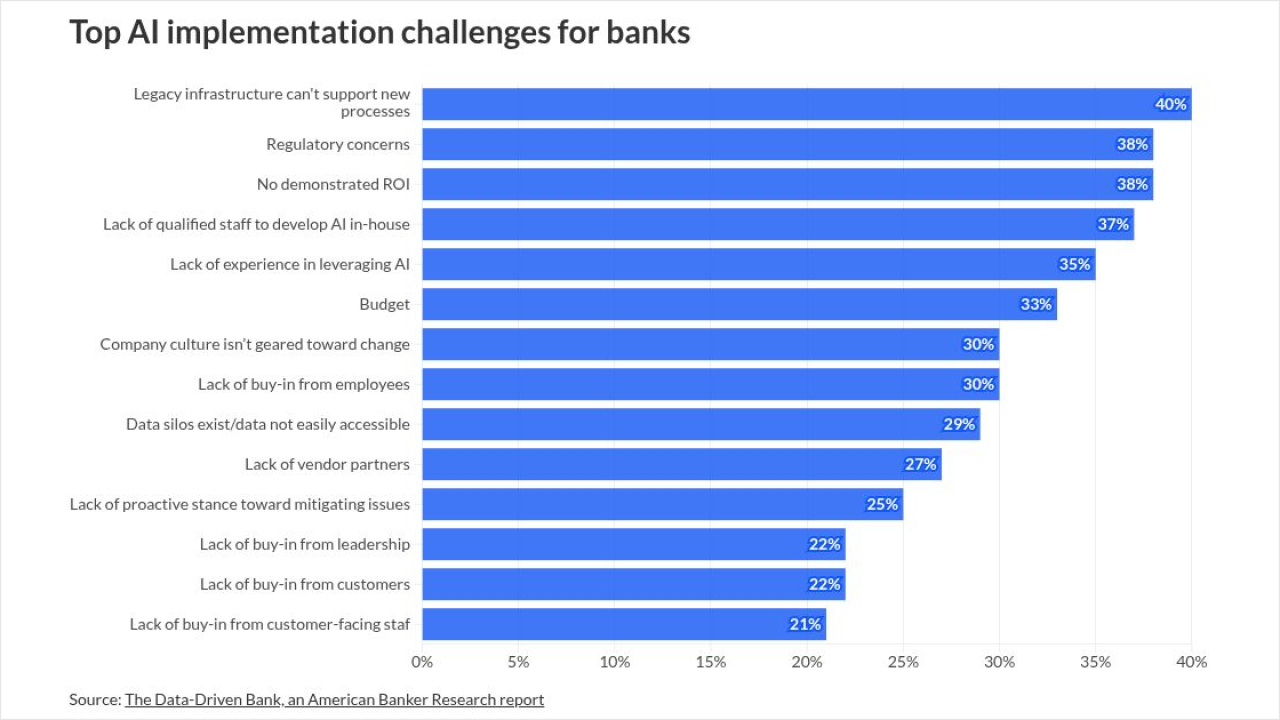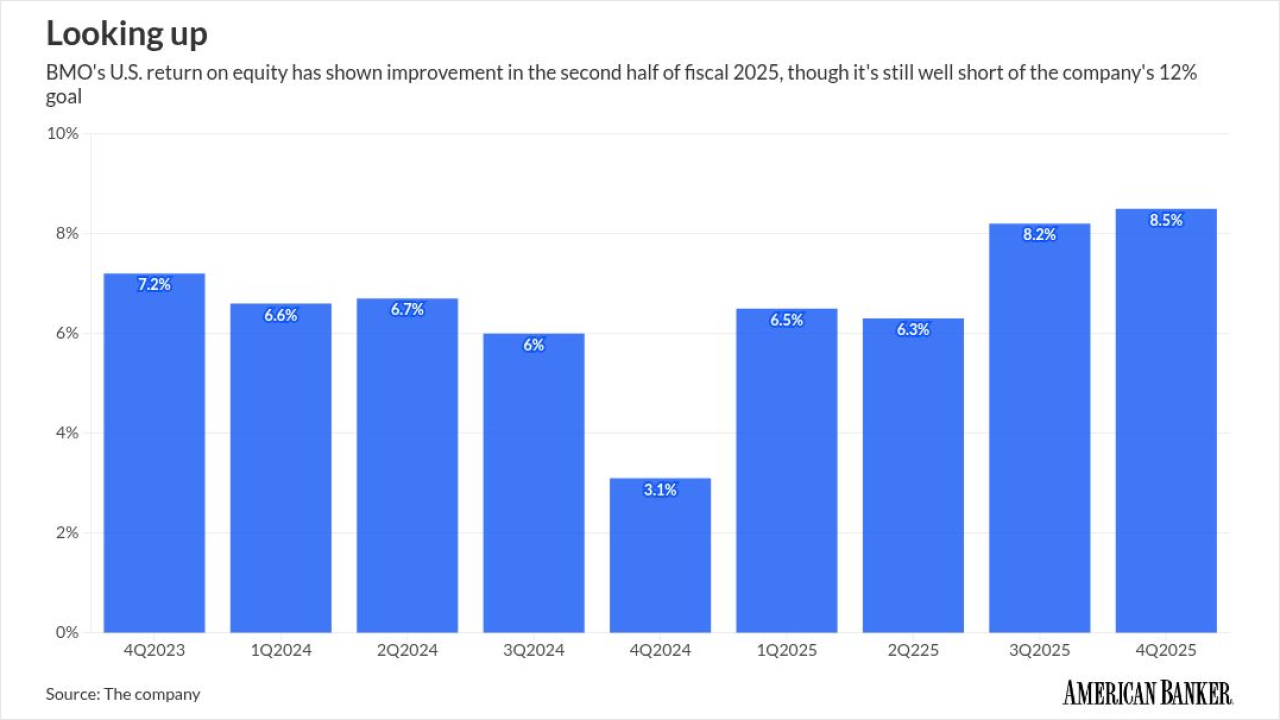
The payments industry is driving forward with plans to allow consumers to seamlessly pay for gas, parking, charging and more from their vehicles.
With
Here's what banks need to know about where embedded payments in autos stand today and where the future could be headed:
Major card manufacturers have enabled embedded payments
Several manufacturers have rolled out embedded technology within their vehicles in the past few years. Others have been mulling how to best enable embedded payments for use cases that include fuel, parking, charging and payments at drive-throughs, Uriarte said.
In 2023, Mercedes-Benz joined forces with Mastercard to introduce embedded in-car payments at the point of sale, allowing customers to use a fingerprint sensor in their car to make convenient and secure digital payments at more than 3,600 service stations in Germany.
Mercedes' in-car payment service, which uses biometric technology for customer authentication, is available in Germany and several other European countries. The company is exploring options to expand to other markets, but has no specific time frame to introduce it in the U.S., according to a company spokesperson. The company is working on bringing seamless in-car payments to U.S. customers for on-street parking, though there's also no timeline for release of this feature, the spokesperson said.
Read more about mobile payments. (
Also in 2023, Hyundai Motor America introduced Hyundai Pay, which allows customers to find and pay for services with their vehicle's touchscreen using securely stored credit card information. It started with parking payments and has since expanded to charging and fueling at participating stations, a spokesperson told American Banker. Hyundai Pay is now available on most of the company's models via an over-the-air update.
Last year, BMW introduced in-car payments for parking fees and fuel at participating locations in Germany and announced vague plans to roll out these payment features in additional countries.
Challenges persist
Integrating with the various points of sale has proved challenging for auto manufacturers. At the moment, there's no centralized infrastructure or unified standards for doing this, Uriarte said.
Another issue is that not all vehicles on the road today are connected to the Internet to allow seamless payments, though the market is moving in that direction. A 2023
Embedded payments are also a challenge for fleet managers of cars, trucks, vans and rental companies that operate under shared driving models because different people are driving the vehicles, said Brian Gaynor, vice president of product at BlueSnap, a payment processing company. That's where apps like Android Auto and Apple CarPlay offer potential. Whoever is driving the car shouldn't have to worry about payment, Gaynor told American Banker.
Other up-and-coming payment options
With the PACE Drive app, consumers in multiple European countries can compare fuel prices at participating stations in their vicinity, get alerted to exclusive deals and initiate contactless payments from their car. App manufacturers also have the potential to integrate with Android Auto and Apple CarPlay for more seamless in-car payments, Gaynor said.
Amazon Alexa users also have the option to pay for contactless refueling using voice commands. Chris Colson, payments expert for the Atlanta Fed who focuses on emerging payments, said he can pull up to a participating gas station, tell Alexa to pay for gas, confirm the pump location and pay effortlessly.
There are other options for seamless payments being rolled out. For example, last year, Metropolis Technologies, an artificial intelligence company that enables checkout-free payment experiences, bought parking network company, SP Plus Corporation. Its AI-recognition technology is now in use in more than 4,600 locations. Drivers enter their card information once, and are charged seamlessly on subsequent visits.
"It's not just a manufacturer play in terms of embedded payments. There are other potential use cases here," Gaynor said.
How banks can respond
For embedded vehicle payments to become more pervasive, a coordinated effort is necessary between the manufacturers, the gas stations, charging stations and parking lot vendors, Gaynor said. "It's going to become an overall network."
One concern for banks is the potential loss of card revenue if their card isn't top-of-wallet, or if consumers bypass the card network altogether, cutting out interchange fees. Consumers might opt, for example, to pay using the lower-cost real-time payment rails instead, Gaynor said.
To better position themselves, banks need to understand how customers want to pay, the potential use cases within cars and also what might need to be done from a fraud and risk management perspective, Uriarte said. A large bank might consider partnering with an auto manufacturer on marketing and co-developing solutions, for example. "At the end of the day, this has to work with all banks and all cards," Uriarte told American Banker.





